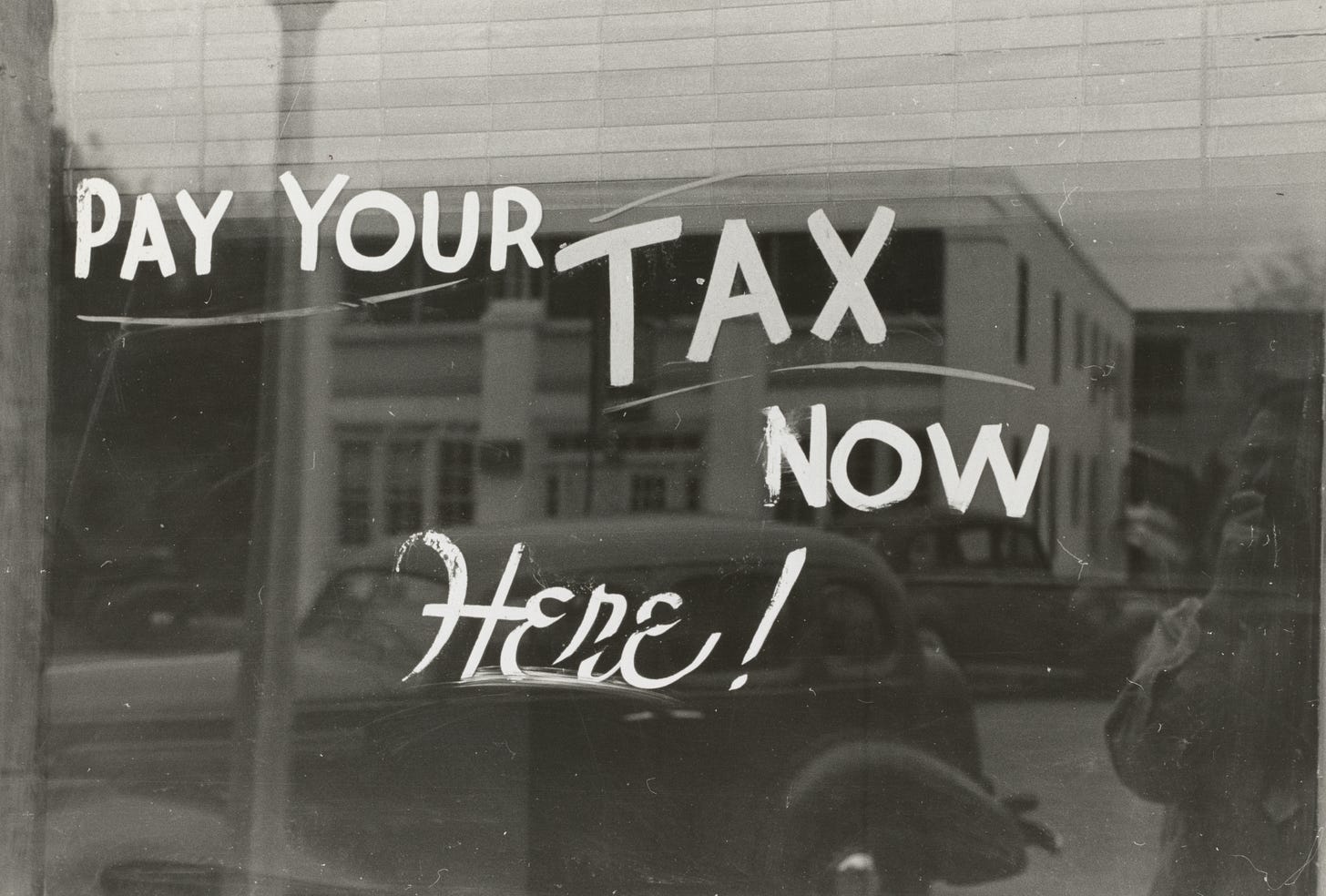
It’s tax time, and if you’ve sold, swapped or spent some crypto this year and you’re a US resident, you have to report these transactions to the IRS.
Below are three Finder pages (that I recently edited and/or fact checked) that may be of help to you this tax season:
“How to calculate taxes on crypto gains”
“How to report crypto on taxes in 2023”
“Ten best crypto tax software for 2023”
If you’ve made a ton of trades or transactions this year, you’ll likely need to use some crypto tax reporting software to help you to calculate what you owe. The software will also help you to produce tax documents like Form 8949.
For a breakdown of some of the best crypto tax software out there, check out the “Ten best…” link above.
FIFO, LIFO or HIFO?
One of the big decisions you’ll have to make when reporting your crypto taxes is whether you want to use FIFO, LIFO or HIFO as an accounting method.
The following excerpt is from the article at the first link above and gives a breakdown of what the FIFO, LIFO and HIFO acronyms stand for.
2. Decide on whether you want to use FIFO, LIFO or HIFO as an accounting method.
FIFO – or first-in-first-out – is an accounting method in which your crypto gains or losses are calculated by subtracting the price at which you sold some crypto from the earliest rates at which you purchased that same amount of crypto. For example, if your earliest purchase of crypto was a purchase of 0.1 BTC for $3,000 and your first sale of crypto was a sale of 0.1 BTC for $5,000, then you would have to account for a $2,000 profit using the FIFO method.
LIFO – or last-in-first-out – is an accounting method in which your crypto gains or losses are calculated by subtracting the price at which you sold some crypto from the most recent rates at which you purchased that same amount of crypto. For example, if your most recent crypto purchase was 0.1 BTC for $6,000 and your first sale of crypto was a sale of 0.1 BTC at $3,000, then you would have to account for a $3,000 loss using the LIFO method.
HIFO – or highest-in-first-out – is an accounting method in which your crypto gains or losses are calculated by subtracting the price at which you sold some crypto from the highest rate you paid for that same amount of crypto. For example, if the highest price you paid for a crypto purchase was $5,000 for 0.1 BTC and you sold 0.1 BTC for $5,500, then you would have account for a $500 gain using the HIFO method.
Please keep in mind that once you select either the FIFO, LIFO or HIFO accounting method, you must use this same method in all subsequent years.
I bolded that last part because it’s very important to consider.
Given that the crypto market was basically down only in 2022, you may be able to write off some losses if you sold certain assets at prices lower than those at which you purchased the assets. But, again, that depends on what accounting method you choose to employ.
Also, the amount of losses that you can write off varies by state in the US, so please consult a tax professional if you have any questions.
And please keep in mind that I am not a tax professional, nor am I a financial advisor.
I’m just someone who’s passing along some info they wish they had when they first sat down to calculate their crypto taxes.
Chart of the Week
Here’s how much The Fed actually reduced its balance sheet over the course of the past year or so.

Scary when you think about the damage that that small level of balance sheet reduction along with the raising of interest rates has caused.
The New York Times on The Fed
I’m usually kind of hard and The New York Times, but the article linked in the tweet below is actually quite solid.
It provides an excellent overview of the predicament in which The Fed currently finds itself and is appropriately critical of president of the Federal Reserve Bank of Minneapolis, Neel Kashkari.


The State of the Crypto Market
About three weeks ago, one bitcoin (BTC) cost about $16,500. Today, one BTC costs about $22,500.
If you were dollar-cost averaging in to your BTC position while prices were low, now might be a decent time to take a little bit of profit.
That’s just me putting an idea out there into the ether, though; it’s not financial advice.
For more on dollar-cost averaging into and out of your crypto positions, please feel free to review the following piece I wrote a few weeks back: “5 tips to maximize your crypto dollar-cost averaging (DCA) strategy”
-
And that’s all for today, folks.
Big hug to everyone, and I hope you all have a lovely week!
Best,
Frank
Twitter: @frankcorva




